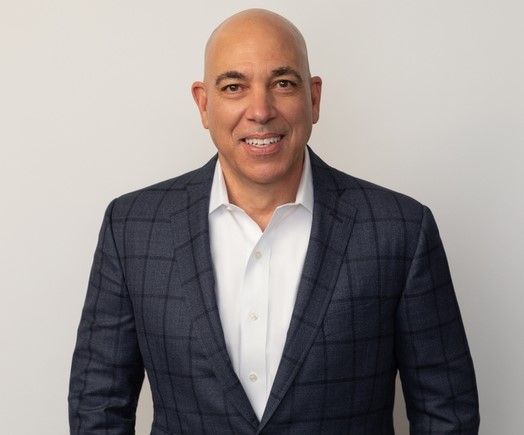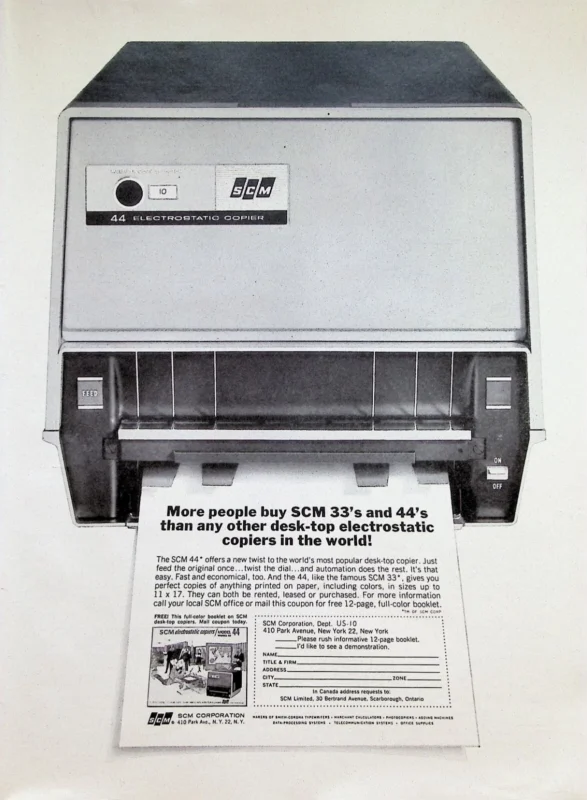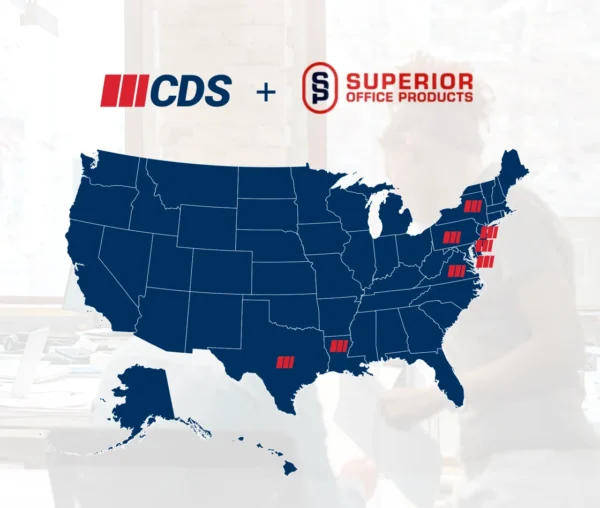Xerox CEO Steven Bandrowczak took time from his busy schedule to sit down with CJ and me for an exclusive interview during the Xerox Partner Summit in Miami last month. You can read my recap of the event here. During our conversation, he addressed the following topics: the partnership with Fujifilm, the future of print, production print, the key takeaway from the meeting, and much more.
Your relationship with Fujifilm has been much discussed. We know the agreement is coming up for renewal and that Fujifilm is private labeling to another manufacturer. Will that partnership continue?
Bandrowczak: Fuji is our largest product provider, and we are their largest customer. Just like any other technology relationship through the years, we compete, and they are our supplier. For us, this is no different than Intel/Microsoft, etc. We co-exist, and we will compete in markets when they come into our territory. [We are planning] to be long-term partners. What they do, we don’t plan on doing. We are not planning on [developing] A3 products, and you are not going to hear Fuji talk about data and documents.
What is the one thing that you’d like your dealers and partners to take home from this meeting?
Bandrowczak: Xerox is a technology powerhouse that is [driving our partners] to the workplace of tomorrow. Look at the technologies we employ and the innovation we offer to the market. We are not just selling hardware. So much of Xerox is about driving innovation.
We’re seeing a lot of dealers that don’t have access to production print from their other OEMs going to Xerox. Why?
Bandrowczak: Two things. It is not by accident that dealers are looking to sell production print. What you are seeing is production printing in accounts that previously did not have access to the expanded solutions production provides. Two, look at the digital transformation that we are seeing in places such as Target, Walmart, and even restaurants that can produce their menus and decorative panels. You also have churches, synagogues, and mosques printing their messages and brochures. This is all about the shift of data to digital and web to print.
Go to Office Depot and Staples and see how they are integrating digital content. From a dealer/agent perspective, you must ask how can I generate demand for print? The combination of digital, mobile, web, and physical print is where Xerox is uniquely positioned. The dealers you referred to are coming to Xerox because we have all the aspects of production covered, which includes SME’s [subject matter experts] that we refer to as “Tigers”.
From our perspective, print is far from dead, it is just moving to different substrates. Where do you see print going?
Bandrowczak: Dynamics have changed and follow what Amazon has done and the rest of big retail today. Packaging is a very big opportunity. The number of people shopping online [is growing] and everything they purchase needs to be shipped in some sort of packaging or box. Every box is an opportunity to upsell. Based on what we are experiencing in production print, we believe it is a significant opportunity.
How do you view the SMB space?
Bandrowczak: The beauty of SMB is they have enterprise challenges without enterprise structure. They don’t have enough administrators across the board. There are so many problems that can be solved. For example, I have a vision for hospitals in the future. They need to know your dietary needs, time to take your meds, etc.
When we talk about a consumer-like experience, this is what we mean. In education, software that facilitates translation in K-12 for Spanish-speaking students. They can grade them. Résumés, they can scan and store them so that teachers and doctors can focus on teaching/treating as opposed to being administrators. This is a service the SMB marketer can provide to their customers.
At a Toshiba press conference, they spoke of the erosion of print as being 3-7% per year, what are your thoughts on the future of print?
Bandrowczak: We’re seeing 1-2% on an annualized basis. Possibly we’re getting more of a shrinking pie.
In our annual dealer surveys, the number of dealers reporting less than $2 million in revenue once represented 65% of the independent dealers. In our 37th Annual Dealer Survey, it was 28%. At what point does this make the dealer channel an unattractive business to be in?
Bandrowczak: When it is all about a markup on a price of a product over the years, yes, you’re going to have challenges. The answer for Xerox is how we take our partners and drive new products and services that alleviate the pressure of margins on the hardware. Some of the things we’ve talked about this morning [at the conference] have nothing to do with hardware.
How do I take all my partners together for the next generation of Xerox? It’s not about squeezing margin out of my products. How do we grow together? How do we expand together? We have a lot of partners that have been with us for 50 years or longer. Why? Because we work with them to expand and grow. When they understand what that means, they will be able to achieve sustainability.
_________________________
To become a subscriber, visit https://thecannatareport.com/register or contact cjcannata@cannatareport.com directly. Bulk subscription rates are also available upon request and included in our media kit.





